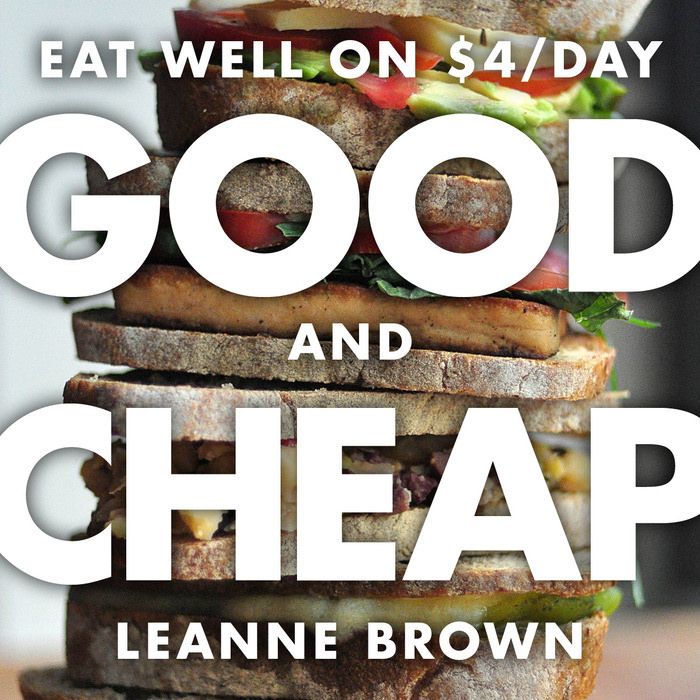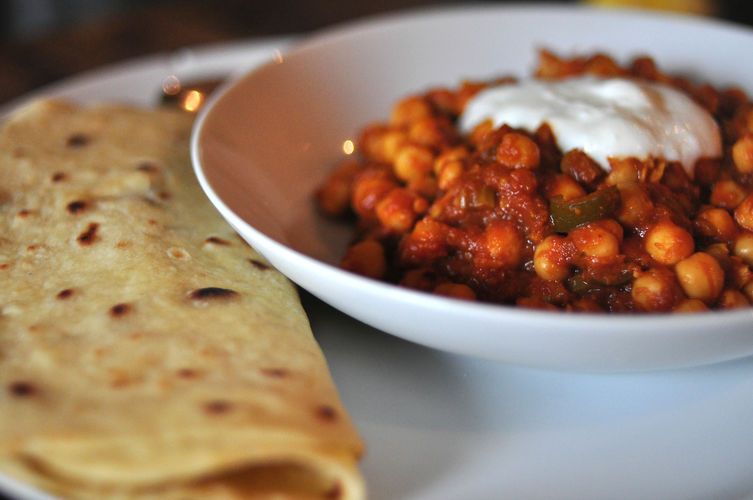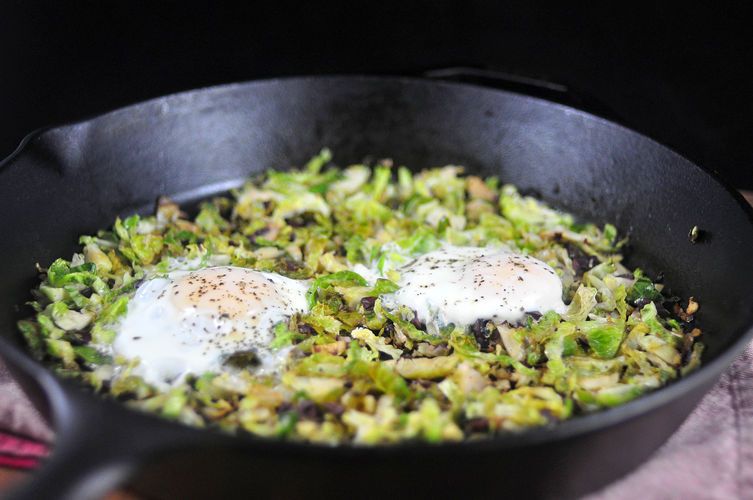Popular on Food52
Continue After Advertisement
10 Comments
Alice
November 24, 2015
I had to do this when hard times hit in 08. It changed how I saw food. But, when I worked, still below or right at poverty level I had a 15.00 food budget. Raw spinach, eggs, yogurt and homemade bread and pasta and fresh herbs were it. I gained 60 pounds on food stamps and learned to cook. Once you have that, a list of viable substitutes, and a computer to google recipes, you're good. Food .command all recipes, you just adjust to your taste. If you have a struggling friend or relative, spices, kitchen tools, graters, peelers, storage containers, help. I lived in a small pad with a tiny fridge so you do have to go out often, if a mate is ill, a veggie delivery can be helpful, but ask, if there's no storage it'll go to waste. Cabbage goes far, I use it instead of kale. I am not so tight with food these days, but I look to middle eastern recipes and Asian when I tighten my budget. And beans, rice and flour, corn flour and eggs are a staple. Who knew it was so easy.
bookjunky
July 11, 2014
Great tips and great project!
My #1 tip would be learn to make your own baked goods. Artisan bread in 5 minutes a day recipe is a great place to start because you don't have to do any kneading or anything; all you need is a big bowl and a spoon. From that you also have pizza or calzone or buns or breadsticks...and you can make it healthier by using all or part whole wheat flour. Buying a comparable loaf in the store is going to be $2-$5, depending on the store and where you live.
#2 I would say is buy staples. Whole grains and beans but also vegetables. And then on the weekend or whenever you have time, cook a big batch of whatever grains and beans appeal to you for the week, and store it in the fridge. Boil some potatoes and stick them in there, too. With those staples ready and on hand, you can have a meal on the table within 30 minutes. Stir fried rice, chana masala, fritters, curry, fried potatoes, etc.
I think Americans also need to get over the idea that a meal = a large portion of meat plus a tiny side of veg. It's unhealthy as well as expensive and bad for the planet. Also the apparently modern idea that frozen prepared foods are somehow necessary. It's so sad to go into the grocery story and see women who obviously are not that well off and who are also obviously full time homemakers with a cart full of frozen "convenience" foods.
My #1 tip would be learn to make your own baked goods. Artisan bread in 5 minutes a day recipe is a great place to start because you don't have to do any kneading or anything; all you need is a big bowl and a spoon. From that you also have pizza or calzone or buns or breadsticks...and you can make it healthier by using all or part whole wheat flour. Buying a comparable loaf in the store is going to be $2-$5, depending on the store and where you live.
#2 I would say is buy staples. Whole grains and beans but also vegetables. And then on the weekend or whenever you have time, cook a big batch of whatever grains and beans appeal to you for the week, and store it in the fridge. Boil some potatoes and stick them in there, too. With those staples ready and on hand, you can have a meal on the table within 30 minutes. Stir fried rice, chana masala, fritters, curry, fried potatoes, etc.
I think Americans also need to get over the idea that a meal = a large portion of meat plus a tiny side of veg. It's unhealthy as well as expensive and bad for the planet. Also the apparently modern idea that frozen prepared foods are somehow necessary. It's so sad to go into the grocery story and see women who obviously are not that well off and who are also obviously full time homemakers with a cart full of frozen "convenience" foods.
cmpollard
July 9, 2014
Wonderful collection of recipes, Leanne. My wish has been that more people could learn to cook good food from scratch, and you have put together a splendid guide.
gustadora
July 9, 2014
This is great! I work with low-income people living with HIV/AIDS, many of whom rely on the I credible kindness and work of Project Open Hand in Oakland and San Francisco, CA. How can I get copies for their clients?
Leanne B.
July 9, 2014
Hi Gustadora!
You can apply here for donated copies (in limited quantity) or discounted $4 copies for non-profits like Project Open Hand here: http://www.leannebrown.ca/apply
Thanks for your kind words!
You can apply here for donated copies (in limited quantity) or discounted $4 copies for non-profits like Project Open Hand here: http://www.leannebrown.ca/apply
Thanks for your kind words!
gustadora
July 9, 2014
Hi Leanne!
Thanks so much for responding so quickly! I perused your online book earlier and it's full of lovely recipes. I'll certainly be using it myself, too!
Thanks for sharing your work!
Cheers,
Monica
Thanks so much for responding so quickly! I perused your online book earlier and it's full of lovely recipes. I'll certainly be using it myself, too!
Thanks for sharing your work!
Cheers,
Monica
Marsha G.
July 9, 2014
Over the years, I have turned time and again to "More-with-Less" by Doris Janzen Longacre and "Fix-It and Forget-It Cookbook" for crock pots by Dawn J. Ranck and Phyllis Pellman Good.
jane.coombs88
July 9, 2014
In CA, food stamps can be redeemed at the farmers markets. Great chana masala is unforgettable.
healthierkitchen
July 9, 2014
I'm really impressed with Leanne's project. What a great service! I've supported her kickstarter and hope others will too!
Gabriella, I hear your concerns on paternalism, and love how Leanne's recipes are generally healthy without being heavy handed. There is much middle ground there
Gabriella, I hear your concerns on paternalism, and love how Leanne's recipes are generally healthy without being heavy handed. There is much middle ground there






See what other Food52 readers are saying.